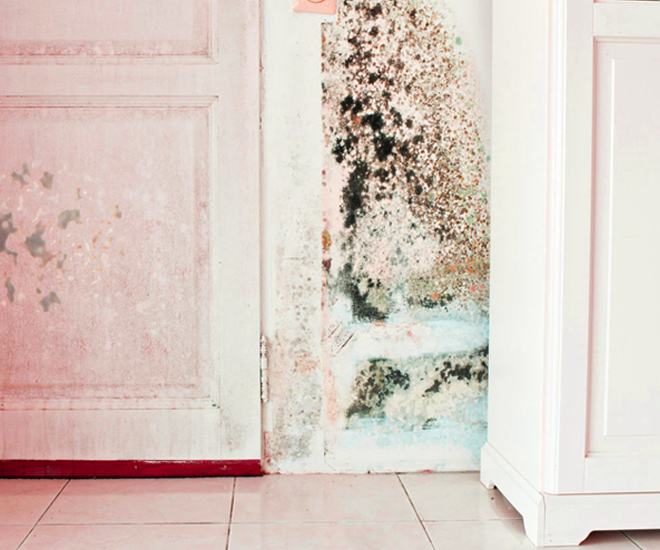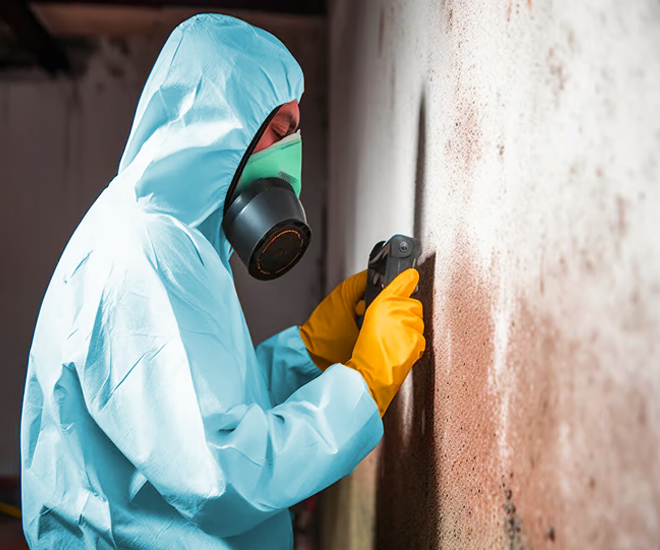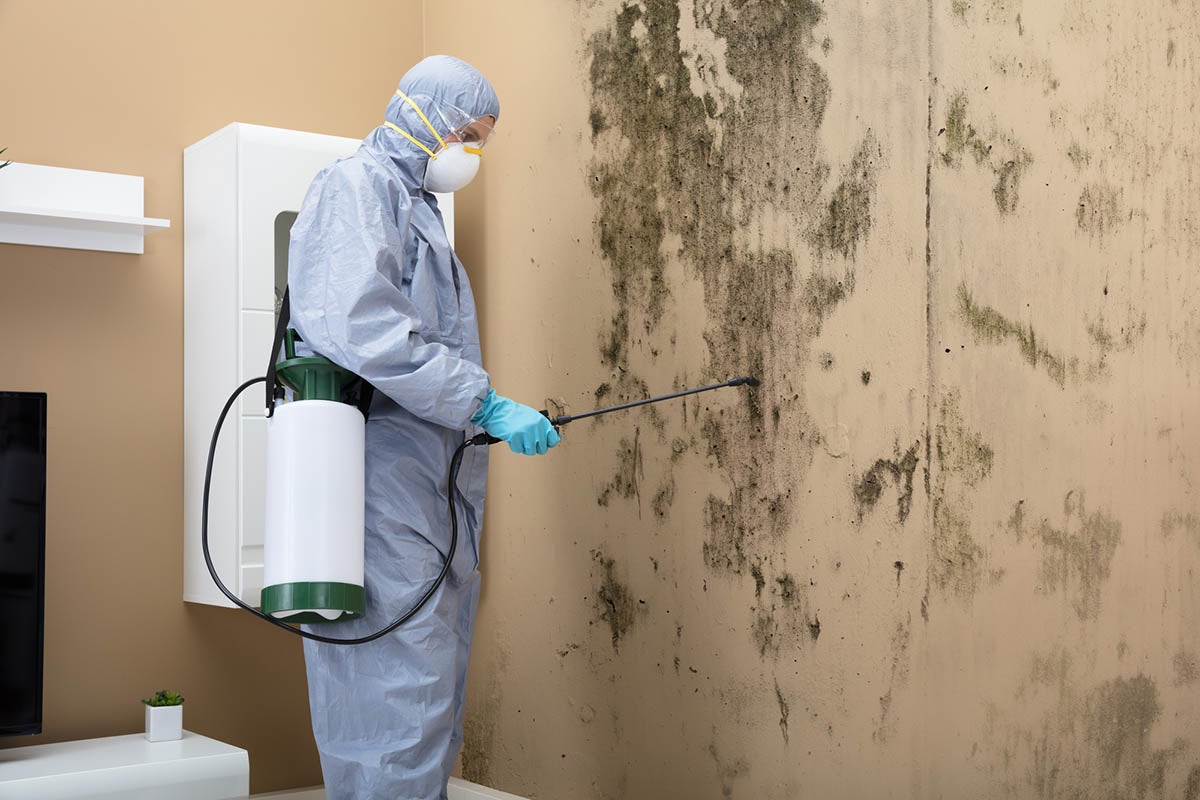Accessing Neighborhood Post Remediation Mold Testing Near Me
Wiki Article
Your Ultimate Overview to Message Mold And Mildew Remediation Strategies
Browsing the realm of post-mold removal methods is a thorough process that demands focus to detail and a comprehensive understanding of the intricacies entailed. In the after-effects of mold invasion, knowing just how to successfully remove the mold and mildew and prevent its reoccurrence is paramount for maintaining a healthy and balanced indoor atmosphere. From choosing the appropriate cleaning and disinfecting techniques to applying strategies for long-lasting mold avoidance, each action in the remediation trip plays an essential function in making certain a successful result. As we start this expedition of post-mold removal strategies, we will uncover the essential methods and ideal techniques that can help you restore your area to its pre-mold problem and secure it versus future mold dangers.Understanding Post-Mold Remediation Process
After completing the mold remediation procedure, it is important to recognize the post-mold remediation techniques that are necessary to make sure a detailed and effective clean-up. Once the mold has been gotten rid of, the following step entails cleaning and disinfecting the impacted areas to stop any regrowth of mold and mildew. This consists of making use of specialized cleaning agents to wipe down surfaces and eliminate any type of continuing to be mold spores. It is vital to dry out the area completely to inhibit the growth of mold and mildew in the future (Post remediation mold testing near me). Proper air flow and dehumidification can aid in this procedure.
Moreover, performing a final evaluation post-remediation is vital to make certain that all mold and mildew has been successfully eradicated. If the inspection reveals any type of sticking around mold and mildew, added removal might be needed.
Reliable Cleansing and Sanitizing Approaches

Stopping Future Mold Growth

Relevance of Correct Air Flow
Appropriate ventilation plays a crucial role in protecting against dampness accumulation, an essential element in mold and mildew development within indoor environments. Reliable ventilation systems help get rid of excess moisture from the air, decreasing the chances of mold and mildew spores discovering the dampness they require to germinate and spread out. Without ample ventilation, interior areas can become a breeding place for mold, leading to possible health threats and structural damages.By guaranteeing appropriate air flow, ventilation systems can likewise help in drying damp areas more promptly after water damage or flooding occurrences, further hindering mold development. testing air quality after mold remediation. In areas like bathrooms, cellars, kitchens, and attics where dampness degrees often tend to be higher, installing Post Mold Remediation and maintaining reliable ventilation systems is vital in preventing mold infestations

Monitoring and Upkeep Tips
Given the essential duty that appropriate ventilation plays in protecting against mold and mildew growth, it is essential to develop efficient monitoring and maintenance suggestions to guarantee the continued functionality of air flow systems. Monitoring moisture levels within the residential or commercial property is additionally critical, as high humidity can add to mold development. By staying conscientious and positive to the problem of ventilation systems, building owners can properly reduce the threat of mold regrowth and maintain a healthy and balanced interior atmosphere.
Verdict
Finally, post-mold removal strategies are vital for ensuring a clean and risk-free atmosphere. Recognizing the process, carrying out effective cleaning and sanitizing approaches, preventing future mold growth, preserving correct air flow, and regular monitoring are all vital actions in the remediation process. By complying with these guidelines, you can efficiently remove mold and prevent its return, promoting a healthy living or working room for all occupants.In the aftermath of mold invasion, understanding just how to properly eradicate the mold and prevent its reoccurrence is critical for preserving a healthy and balanced interior setting. Once the mold has been gotten rid of, the following step involves cleaning and disinfecting the influenced areas to avoid any type of regrowth of mold - After mold remediation. After getting rid of noticeable mold growth, it is important to clean up all surfaces in the damaged area to eliminate any remaining mold and mildew spores. To additionally improve mold avoidance procedures, it is necessary to deal with underlying issues that originally led to mold development.Given the essential function that proper air flow plays in avoiding mold development, it is necessary to establish reliable tracking and upkeep pointers to make sure the continued performance of ventilation systems
Report this wiki page